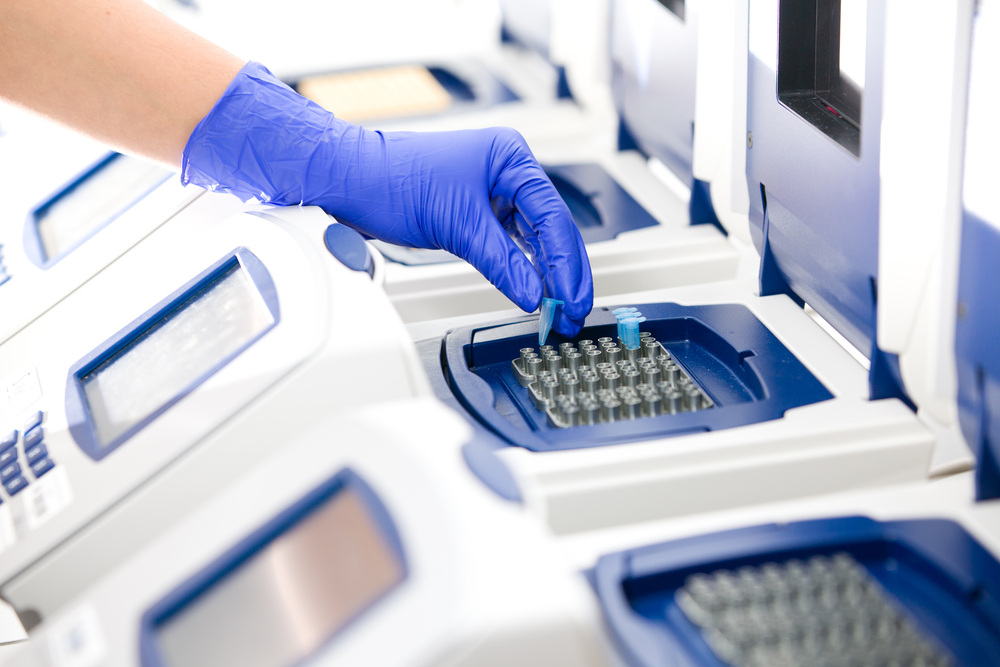DIAGNOSIS
Some Common uses of PCR in Infectious disease diagnosis
This procedure can be used in a variety of applications. DNA copies produced through PCR amplification can be used in a large number of medical and forensic applications. It can likewise be used in the identification and detection of infectious diseases and for a wide variety of research purposes in the field of molecular genetics.
Tuberculosis
With an increasing incidence of both HIV infection and multidrug-resistant strains of M. tuberculosis, early detection is vital for diagnosis and therapy. Classical techniques for the discovery of the disease have a drawback in that the organism is fastidious and grows slowly. Many molecular strategies for the detection of mycobacteria have been developed. Important ones are PCR, transcription-mediated amplification, nucleic acid sequence-based amplification, and ligase chain reaction. Mycobacterial speciation, which is time-consuming and exacting by conventional techniques, can be differentiated relatively easily by Multiplex PCR. Molecular susceptibility testing for first-line drugs INH and rifampicin is based on the fact that there is a mutation in the cat gene and the rpoB gene. This can be detected by a PCR amplification of the gene fragment followed by simple electrophoresis in denaturing gels for single-stranded conformational polymorphism (SSCP) analysis. This technique is sensitive and can detect even point mutations. The above procedures lead to early diagnosis of infections by M tuberculosis and initiation of appropriate therapy.
Streptococcal pharyngitis
In developed countries, PCR diagnosis of Gp A hemolytic streptococci by PCR (Gp A Streptococcus direct test or GASD) is gaining importance since its definitive exclusion could curtail empirical treatment of pharyngitis, decrease the use of beta-lactam antibiotics, and reduce overall costs of therapy.
Ulcerative urogenital infections
A multiplex PCR for differentiating etiological causes of ulcerative urogenital infections due to Haemophilus ducreyi, T. pallidum, HSV has been reported.
Atypical pneumonia
A multiplex PCR based strategy wherein rapid diagnosis of infections caused by chlamydia pneumonia, mycoplasma pneumonia, and legionellae could help reshape the management of atypical cases of pneumonia.
Persistent illness
Persistent infections by HSV, CMV, EBV, VZV, HHV, JC virus, measles, hepatitis, rarely respect organ boundaries, are challenging to diagnose and treat. In the immune-competent host, these diseases usually present as an acute illness, and a durable protective immunity follows recovery. However, in the immunocompromised host, these infections may be reactivated. They cause not only a diagnostic dilemma but also the detection of their nucleic acid by amplification procedures that may not be of clinical relevance. Quantitative assays for their presence are essential and have been developed.
Acute febrile illnesses like falciparum malaria, salmonellosis, babesiosis, have been identified using PCR. Especially with falciparum infections, use of a single PCR reaction, and hybridization assays with various probes are used in species identification.


